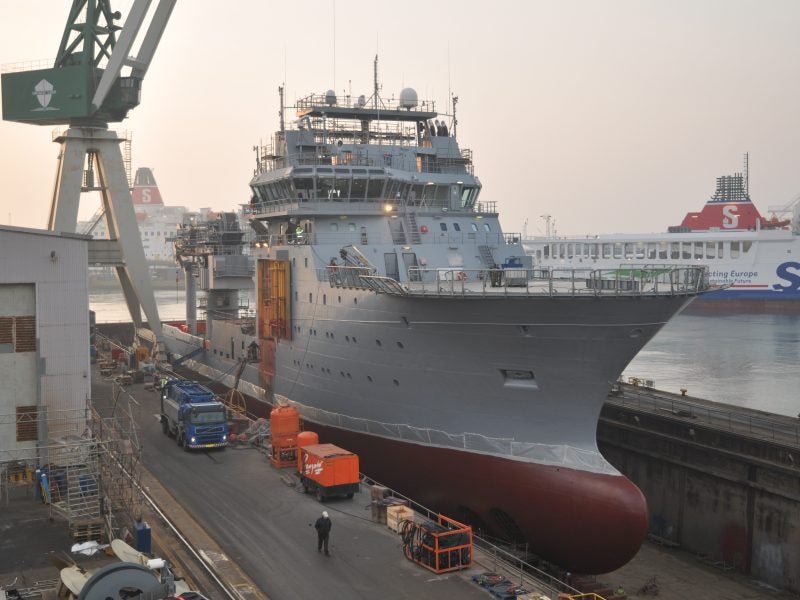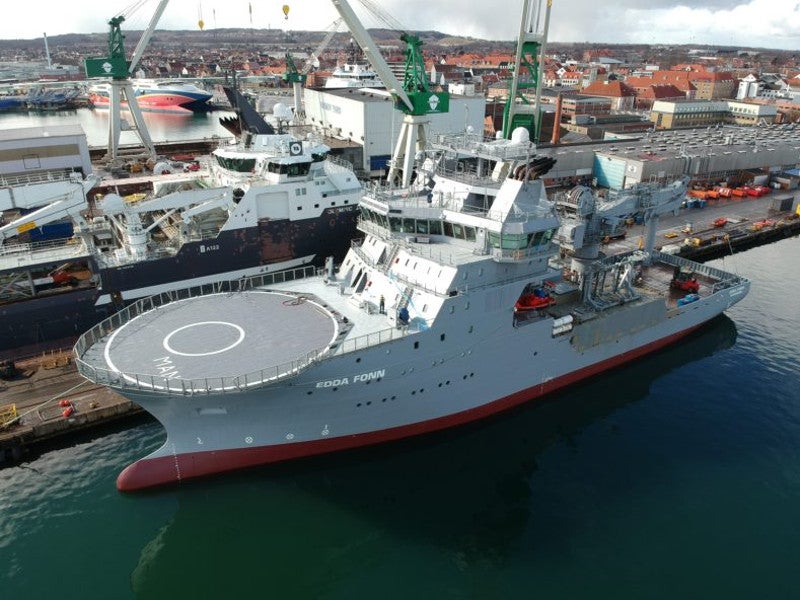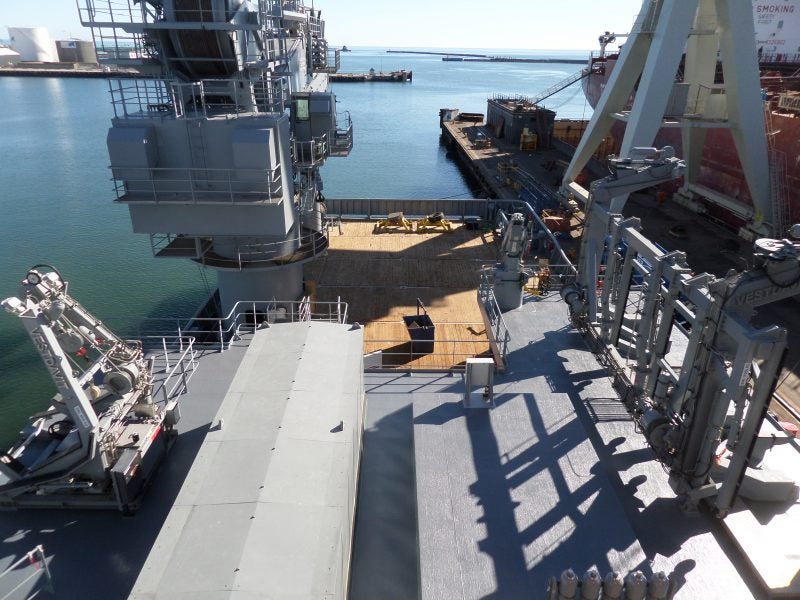HMNZS Manawanui is a new dive and hydrographic vessel developed for the Royal New Zealand Navy (RNZN).
The support vessel was acquired by the New Zealand Defence Ministry to replace the survey ship HMNZS Resolution, which was decommissioned in April 2012.
HMNZS Manawanui was commissioned by the navy during a ceremony held at the Devonport Naval Base in Auckland, New Zealand, in June 2019.
The ship is capable of performing a range of operations such as disaster relief, underwater search and recovery, mine detection and explosives disposal, as well as limited mine countermeasures.
The RNZN intends to deploy the vessel around New Zealand and across the South West Pacific to perform specialist diving, salvage and hydrography missions.
Manawanui can be used to assist the naval forces by carrying out surveys of the coastline and harbours. It will also assist government agencies such as the New Zealand Police, Customs Service, Ministry for Primary Industries and Ministry of Civil Defence and Emergency Management.
HMNZS Manawanui hydrographic vessel development details
HMNZS Manawanui is based on Edda Fonn, an offshore support vessel owned and operated by Østensjø Rederi. Edda Fonn was originally built in 2003 by Norwegian firm Myklebust Verft.
In August 2018, Østensjø Rederi agreed to sell Edda Fonn to the RNZN for NZD103m ($67.3m).
The vessel was equipped with multiple dive and hydrographic systems during its redevelopment. It was also modified to meet the naval requirements of the RNZN. The modifications and sea trials were conducted in Frederikshavn, Denmark.
The support vessel reached New Zealand after embarking on a 46-day voyage from Denmark in May 2019, with the ownership of the vessel being transferred to the RNZN in the same month.
The ship will also undergo additional modifications in New Zealand for the installation of military equipment by the end of 2019.
Design and features of HMNZS Manawanui
The hydrographic vessel is based on the industry-proven design configuration of Edda Fonn. It features a large bow deck, a stepped superstructure and a spacious stern.
The bow deck features a helipad for the landing and take-off of unmanned vehicles and helicopters. Deck equipment on the vessel includes cranes and winches.
Remotely operated vehicles (ROV) can be launched from the mezzanine deck inside the ROV hangar in the vessel.
The ship has an overall length of 84.7m, beam of 18m and draft of 6.8m. The full load displacement of the vessel is 5,741t.
The hydrographic vessel is manned by a core crew of 39 members and offers accommodation for more than 66 staff.
Navigation and dive systems on board the vessel
Navigational requirements of HMNZS Manawanui are served by the on-board K-POS Dynamic Positioning 2 (DP2) System supplied by Kongsberg Gruppen.
The vessel is equipped with advanced dive systems, including IHC Hytech’s wet bell handling system, which enables three divers to work in sea depths with surface-supplied breathing apparatus through an enclosed moon pool and a recompression chamber.
Hydrographic systems on board the vessel include a Kongsberg EM712 multi-beam echo sounder and EA 440 single-beam echo sounder.
In January 2019, Østensjø Rederi awarded a contract to Saab Seaeye for the delivery of the Cougar XT underwater robotic vehicle for the dive and hydrographic support vessel.
Propulsion and performance
The propulsion system on the hydrographic vessel integrates four diesel-electric generators, two azimuth propulsion systems and three bow thrusters.
Designed for long-range operations, the vessel can achieve a maximum range of 7,000nmi and a top speed of 13k.





